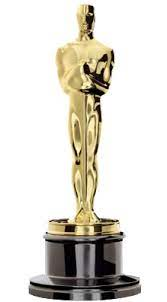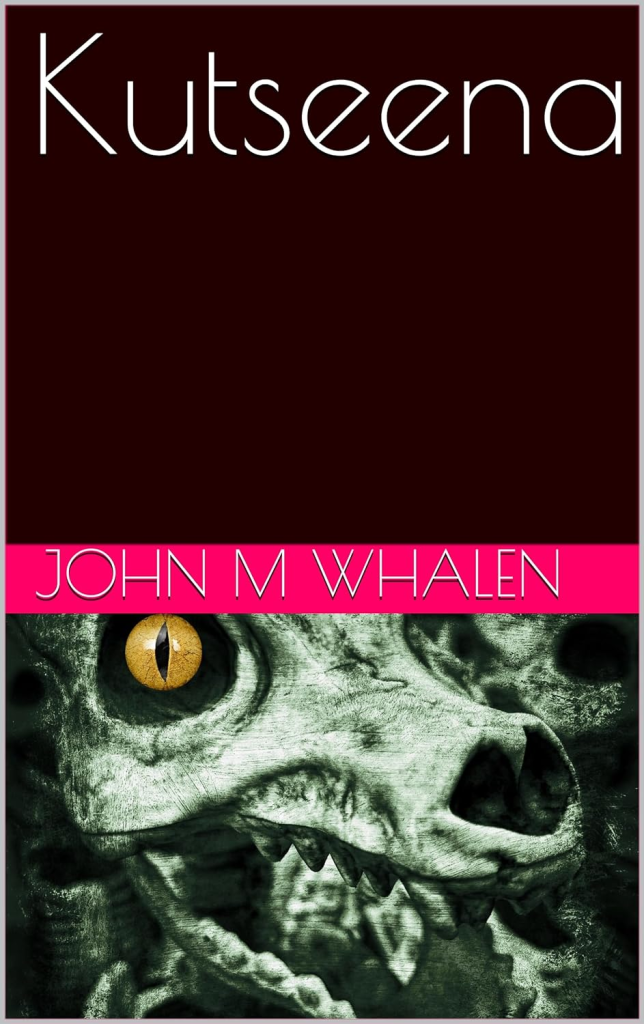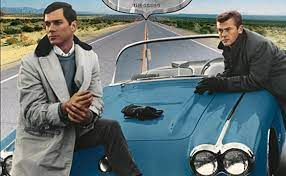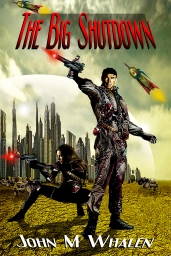I’ve always been fascinated by eclipses. I’ve witnessed several good ones in my time, but nothing as amazing as the one today. I had actually pretty much given up any hope of being able to see this one. Despite all the media hype I never tried to acquire the necessary sunglasses required to view a total solar eclipse. And I had promised to take my wife to her eye doctor appointment, scheduled the same time as the solar event. She’d had knee surgery and is temporarily unable to drive. It was unfortunate, because, like I said, I’ve always been fascinated by eclipses. An eclipse has appeared in several of my writings, particular in the climactic, cataclysmic conclusion of my novel, “Tragon of Ramura.” I didn’t expect that anything like the end of the world was going to happen today. So I wasn’t going to lose any sleep over missing this one.
But fate intervened. At the eye doctor I got bored after cooling my heels for half an hour in the waiting room and decided to go downstairs and wait in the car. I was surprised to see a small crowd of people standing in the parking lot, clad in eclipse sunglasses, all staring up at the sky, with men and women alike exclaiming out loud at what they were seeing. “Oh, wow!” “Look at that!” I walked over toward them marveling at their reaction. Then one kind woman in the crowd asked if I’d like to borrow her glasses. I was surprised but somehow there was this strange feeling of openness and a kind of euphoria over everybody as they gazed upward. Like we were all friends somehow even though we didn’t know each other. I put the glasses on and was kind of shocked. The lenses on the glasses are so dark you can only see black–like the darkness of space. I moved into position and there was the orange sun, mostly covered by the black shadow of the moon.
The moon had covered about 90 percent of the sun’s circumference. I felt really strange, small. I was conscious for the first time how really small I was, how we all were, and at the same time BIG, so big that we were all part of this enormous cosmic event. We take our earth bound existence for granted. We think it’s all there is, all there will ever be, but seeing the life-giving sun momentarily blacked out by the cold and lifeless moon, and that we’re living on a giant ball spinning in space amidst a universe of other balls– well, it gives you pause. It makes you think and it’s all too big to really comprehend. All you can do is go on as if everything is the way it was before you looked through those glasses. But you can’t help realizing for the first time that its all in motion, everything, all around you. In a way, the world did end.
And so it is this April afternoon. . .












